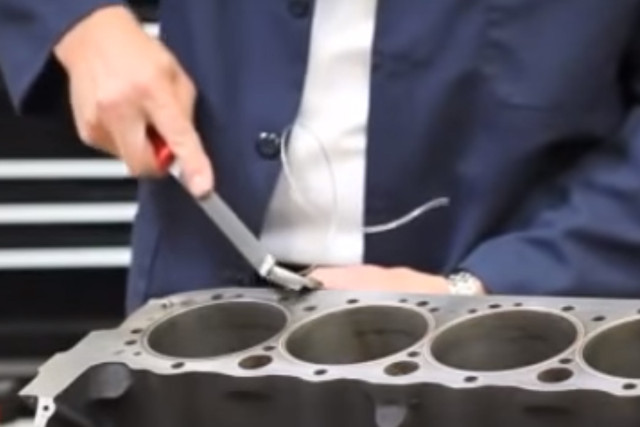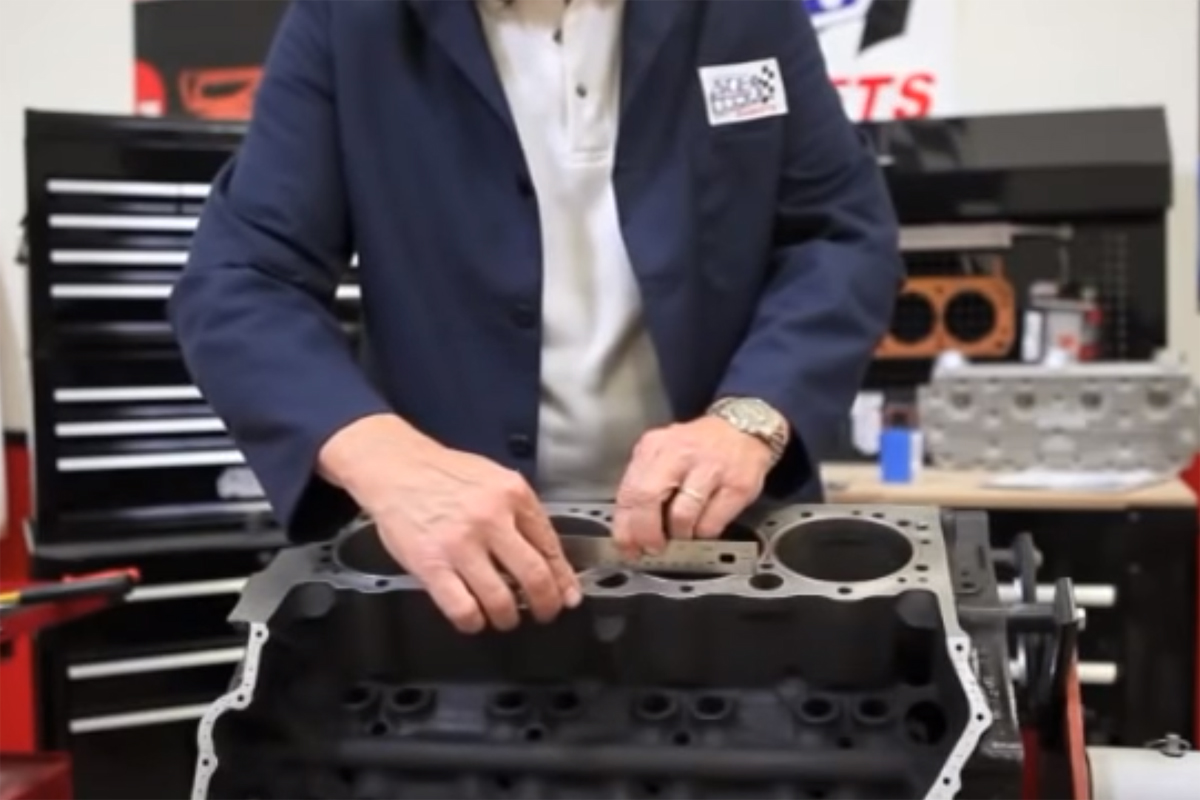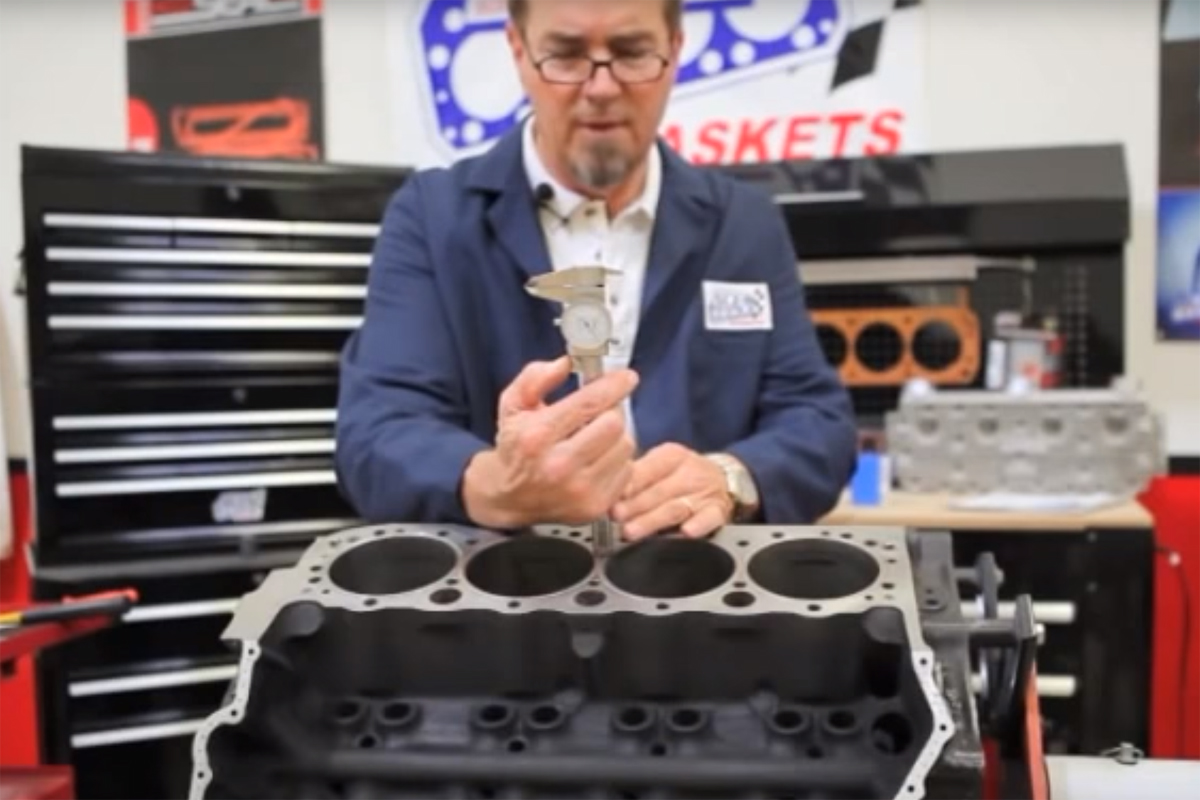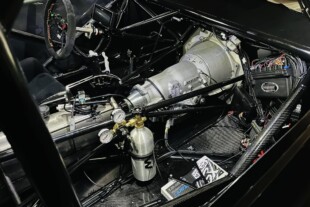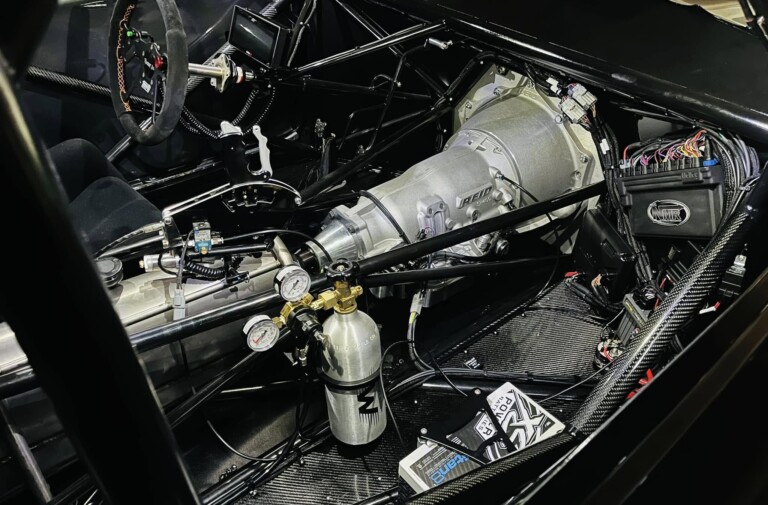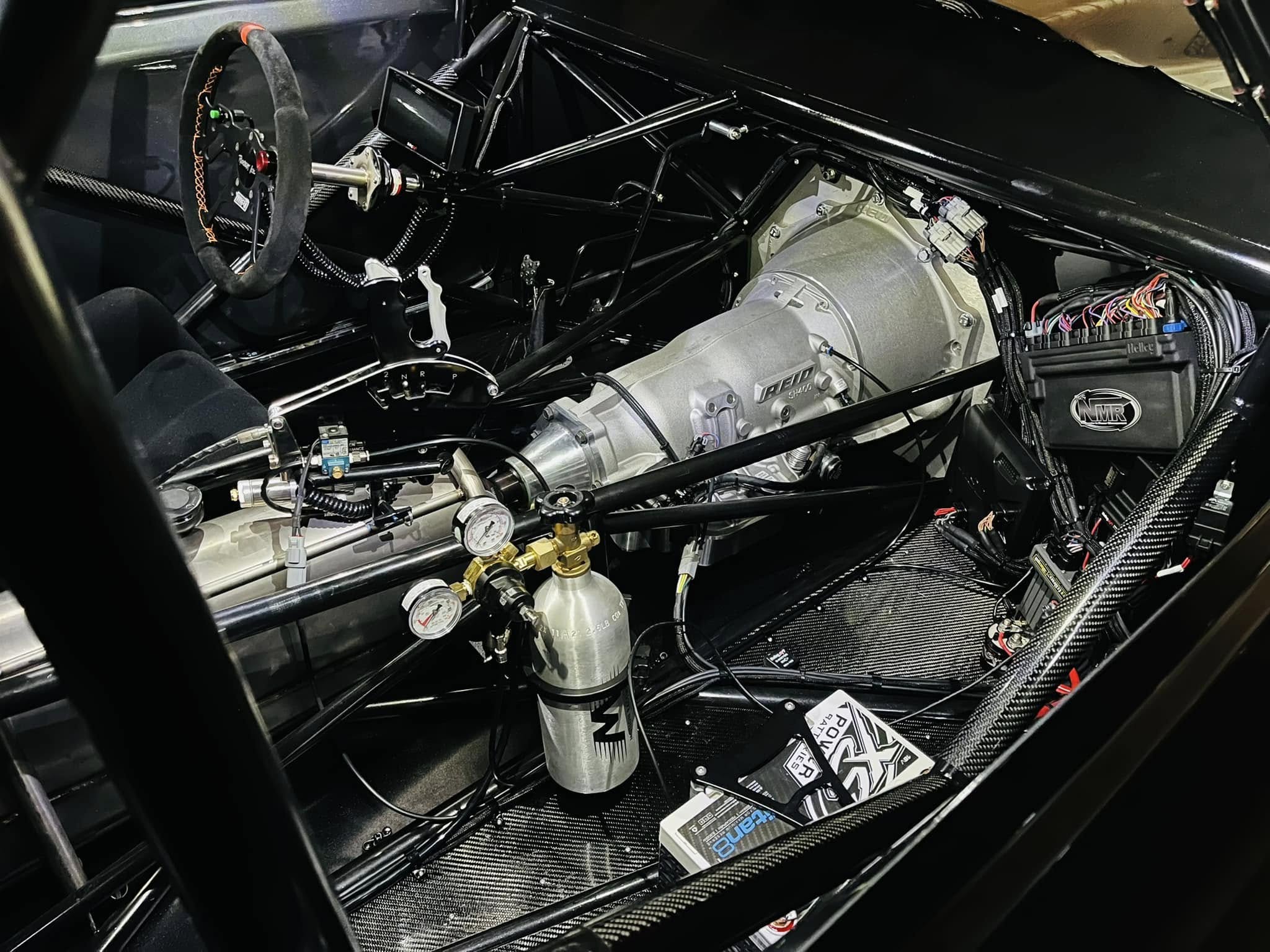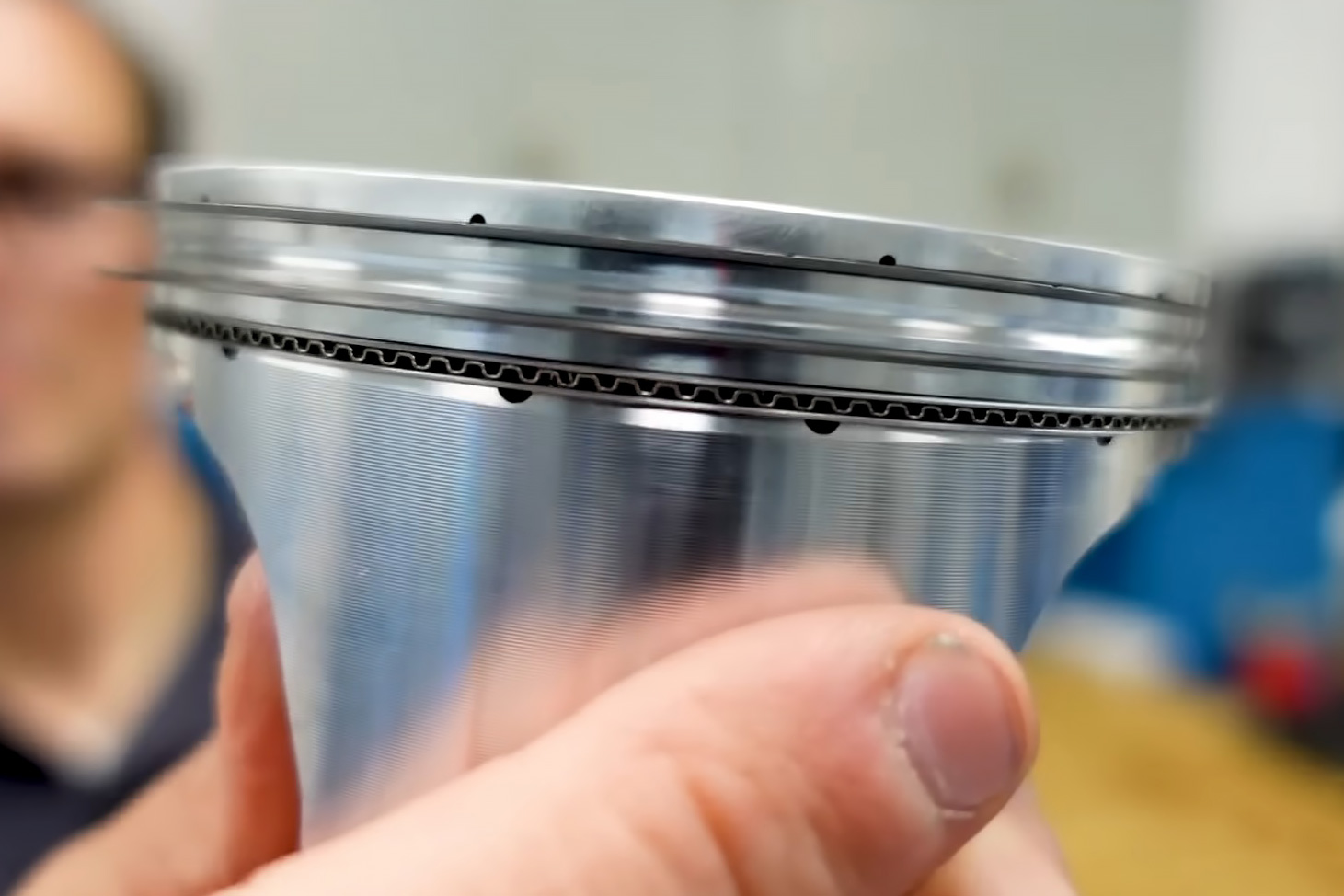Getting your engine to seal properly is a fundamental step in any engine build. The options for gaskets and materials range across the metallic and composite range, offering different solutions and schools of thought for varying applications. In this illustrative video, Ryan Hunter of SCE Gaskets or “The Gasket Professor,” walks us through the theory and installation behind stainless steel o-rings for a small block Chevy.
While copper has long been a mainstay for gaskets in the automotive industry its malleability has made it both friend and foe to engine sealing. Combining the sealing properties of some dissimilar metals together, one can reap the benefits of a leak-free cylinder sealing solution.
“We prefer stainless to copper o-rings because we’re using a copper head gasket and we’d like to deform the copper head gasket rather than have the soft copper o-ring deform as well,” explains Hunter.
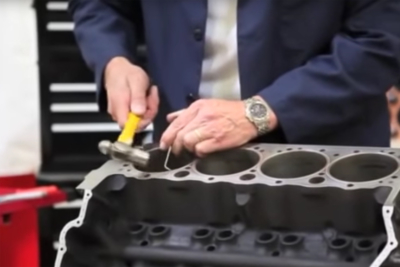 Starting by removing the old copper wire o-rings from the SBC block, Hunter employs a machinist’s pick and a small ball peen. Locating the overlapping portion of the wire, he coaxes the end free and using a set of pliers pulls the o-ring free from the machined groove.
Starting by removing the old copper wire o-rings from the SBC block, Hunter employs a machinist’s pick and a small ball peen. Locating the overlapping portion of the wire, he coaxes the end free and using a set of pliers pulls the o-ring free from the machined groove.
When it comes time to install the new stainless steel o-ring there are a few considerations to be aware of. Firstly, as Hunter explains, “You don’t want to leave a gap, if you were to just take a set of wire cutters and clip this thing it will have an angle to it. When that angle gets tapped in it can leave a groove (scored into the block) — that groove presents a leak point.”
Preventing a blow-by leak resulting from a micro scratch may seem a trivial concern at face value considering ring gaps, piston expansion coefficients, and other factors — but every little bit adds up, and if you add some forced induction the importance compounds.
Armed with a small mill-file, Hunter dresses the end of the stainless o-ring to remove the crimped cut resulting from the diagonal cutters. Now resist the temptation to just bang that wire into the groove and call it a day. Pre-planning and a few tools will help ensure a successful seal. Hastily hammering the wire into the groove will result in dents and an uneven sealing surface. Using a soft backing “puck” will prevent such damage.
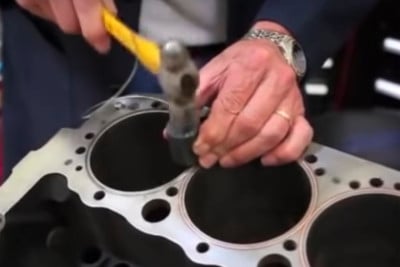 “We want to begin and end the o-ring wire near a bolt — that will give us better clamp load at the joint part of the wire, and therefore a better seal,” Hunter emphasizes. Working his way progressively around the circumference of the cylinder bore with the puck, Hunter seats the o-ring, mentioning it is worth remembering the fit is designed to be interference-tight, forcing a ‘thou of wire to extrude from the machined groove — and providing a seal.
“We want to begin and end the o-ring wire near a bolt — that will give us better clamp load at the joint part of the wire, and therefore a better seal,” Hunter emphasizes. Working his way progressively around the circumference of the cylinder bore with the puck, Hunter seats the o-ring, mentioning it is worth remembering the fit is designed to be interference-tight, forcing a ‘thou of wire to extrude from the machined groove — and providing a seal.
Approaching the end of the wire, at the origin near a head bolt, Hunter urges a test cut to allow a little extra length be tuned back for a precise fit. After filing the end as before he seats the end — butting up to the start rather than overlapping.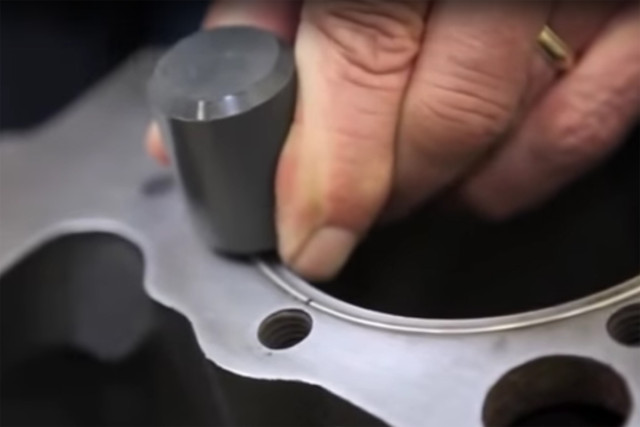
“In the entire engine you might have an hour, maybe two in this whole project — but once this job is done your o-rings are going to be permanent. What you’ve done here is sealed up the combustion chamber tightly — and it’s really less work than degreeing a camshaft but equally as important,” concluded Hunter.
Stainless O-Ring Installation Tips With Ryan Hunter Of SCE Gaskets
Use 304 Stainless wire.
Have the block prepped, with a machined groove to provide a .001-inch interference fit.
Keep protruding wire height at 1/4 gasket width.
A gasket that protrudes too far may seal exceedingly well in it’s immediate vicinity, but will unload other areas of the copper gasket and may result in coolant leaks — not good! Conversely a low-height gasket will not provide the desired sealing.
Either calipers or feeler gauges can be used to measure the gasket height.
Installing stainless o-rings under your copper head gasket needn’t be a huge investment in time, money, or resources, and when completed properly — provide long-lived sealing to the combustion chamber pressures. If you are concerned with your specific application or have questions about gasket installation and measurements drop a line to SCE Gaskets



